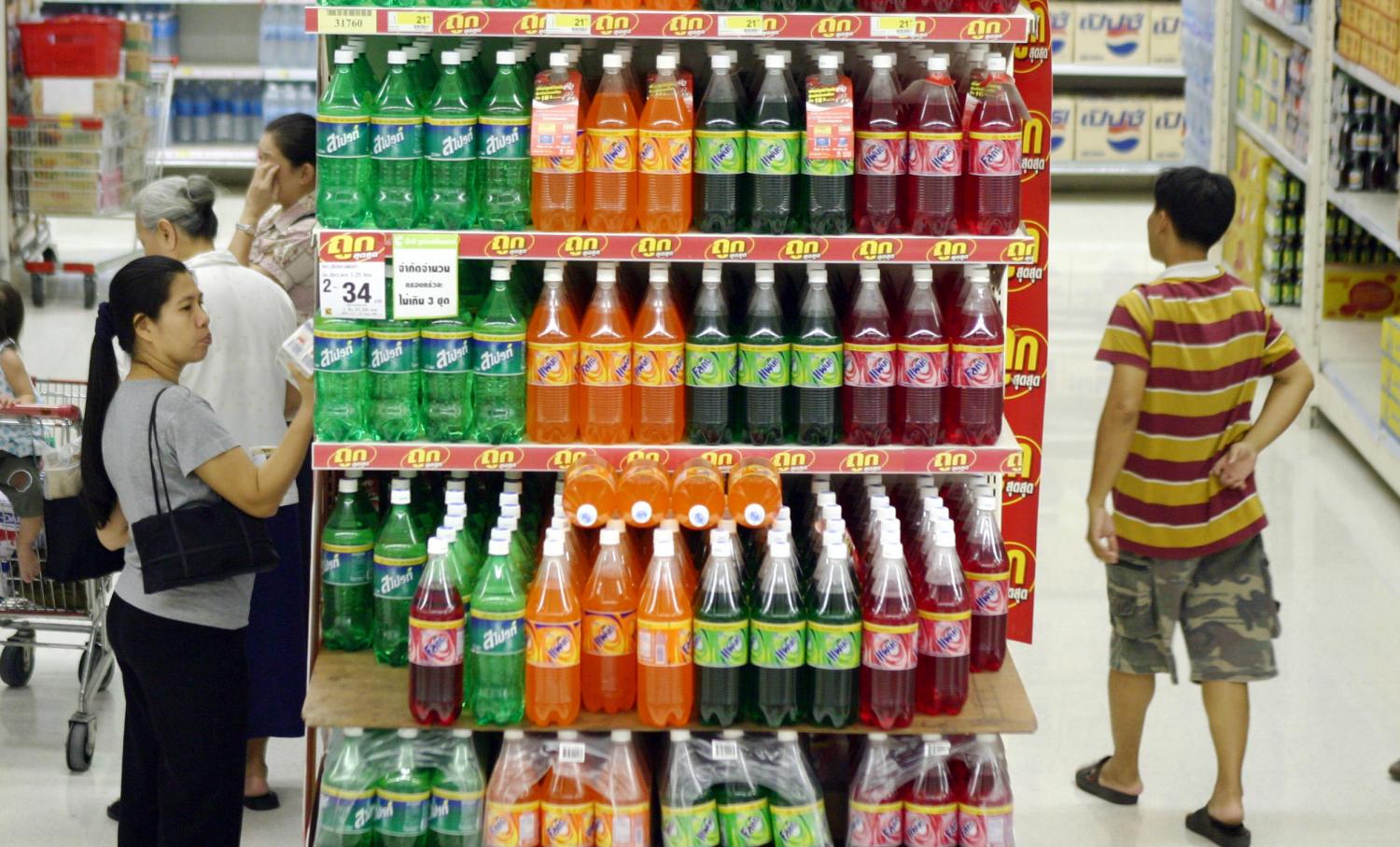
Companies producing sugary beverages in Thailand for the past two years have been debating whether to reformulate their products or stay true to their brand recipes and face a sugar tax as a result.
With the second phase of the excise tax on sugary drinks now in effect, we have upgraded our sales forecasts for the soft beverage sector, as we believe in the short term consumers will remain loyal to popular brands that have not been reformulated.
For those consumers who do change their purchasing habits, they will shift to brands that have reformulated products or launched new low-sugar products, rather than cutting soft drinks from their dietary preferences altogether.
Latest developments: The second phase of the excise tax on sugary drinks came into effect from Oct 1, 2019. Although the new excise tax officially took effect on Sept 15, 2017, manufacturers were given a two-year grace period before the new rates were applied. This was done to give them enough time to reformulate their products if they chose to do so.
The Excise Department classified sugar content in beverages into six levels based on a volume of 100 millilitres: below six grammes, 6-8g, 8-10g, 10-14g, 14-18g and more than 18g. The excise rate increases as drinks have higher sugar content.
Sugary drinks subject to the tax are carbonated soft drinks, energy and electrolyte drinks, fruit and vegetable juices, and sweetening agents.
Industry response: At least two more sugar tax phases are scheduled before 2023 and as a result, we believe many firms will bear the cost of carrying out one big reformulation, rather than one before each phase. As such, the recipe changes carried out so far are likely to have factored in future increases to the tax.
The majority of companies have adopted a combination of the following strategies to deal with the tax:
Remaining with the original recipe and absorbing the tax or passing on the cost to consumers;
Reformulating product recipes for lower sugar content to avoid the tax;
Product innovation: introducing alternative sweeteners or new products.
As seen in other markets where sugar taxes have been introduced, international beverage majors have opted to absorb or increase their prices, rather than change their recipes. Companies with a diversified portfolio are well-positioned to weather the impact of the tax.
These companies can absorb the cost of the tax increase by averaging it out against the margins of numerous products, limiting the extent to which it is passed on to the consumer. This has been the strategy of both Coca-Cola and PepsiCo. These companies have also been diversifying their product offerings to lower their exposure to the taxes.
Smaller, regional and domestic players have sought ways to avoid the tax and have chosen the reformulation route, experimenting with alternative sweeteners, as well as reformulating existing ingredients so they are healthier or less sweet. They have also sought to diversify their portfolios, launching products with less sugar.
Consumer response: With the tax coming into effect in the fourth quarter of 2019, we have adjusted our spending forecasts for carbonated drinks in the country. Our agribusiness team forecasts a significant slowdown for Thailand's sugar consumption over the next five years, shrinking by an average of 0.9% a year (the beverage industry accounts for 45% of total sugar consumption in the industrial sector).
However, we believe spending on both juices and carbonated drinks will continue to expand. Consumers will have a choice to pay more for a non-reformulated product, spend the same level for a reformulated product or spend on new products. We believe at all price points consumers will continue to be served and so will not decrease their spending levels in the juice and carbonated beverage sector.
In 2019 we are estimating a bump as consumers would not have immediately shifted their purchasing habits and are likely to continue purchasing the same brands, even at a higher price. We project spending on fruit and vegetable drinks has expanded by 11.3% year-on-year and carbonated beverages by 3.9%.
Over the medium term (2020-23), we project growth to stabilise but to continue expanding, with spending on fruit and vegetable drinks projected to increase by 7.3% on average per year and carbonated drink spending levels forecast to increase by 1.8%.
